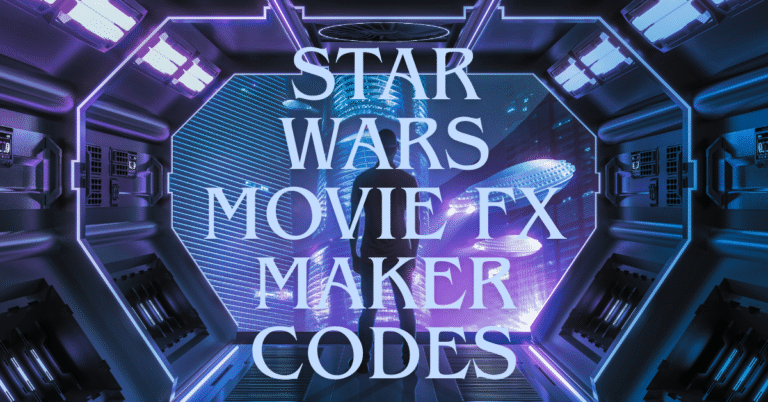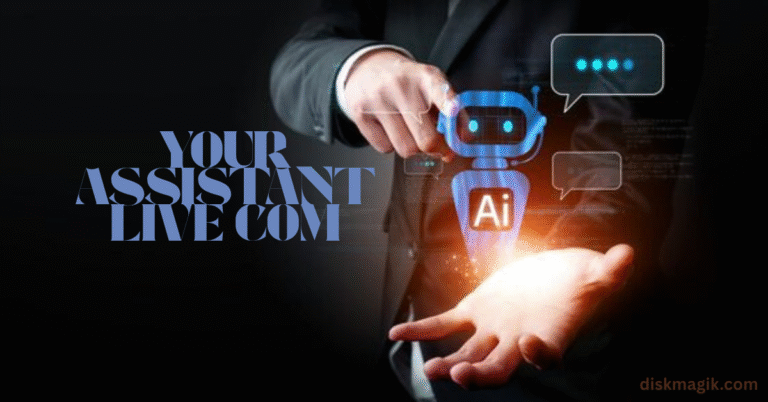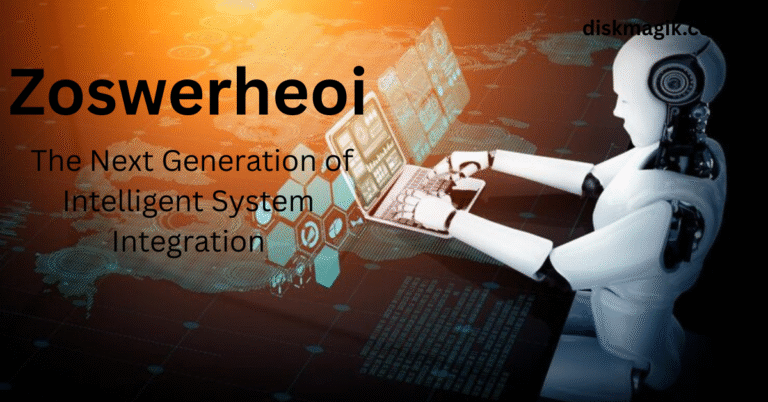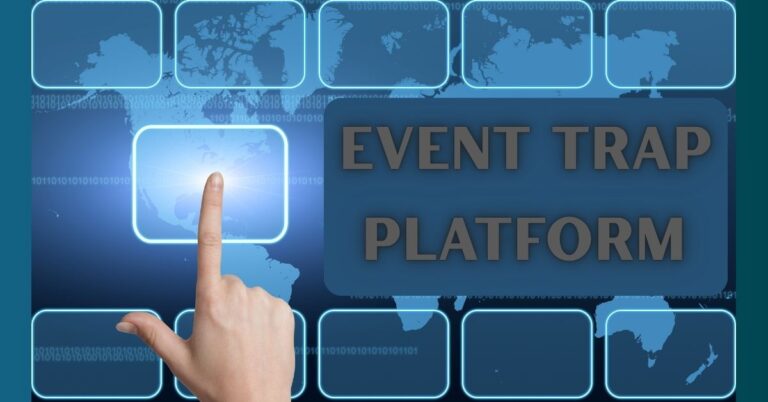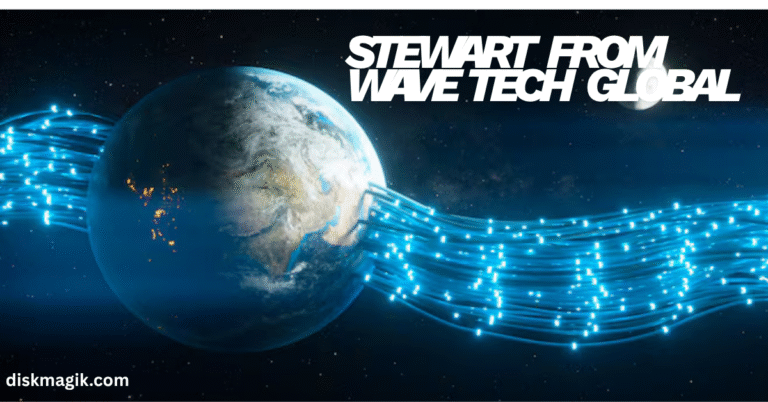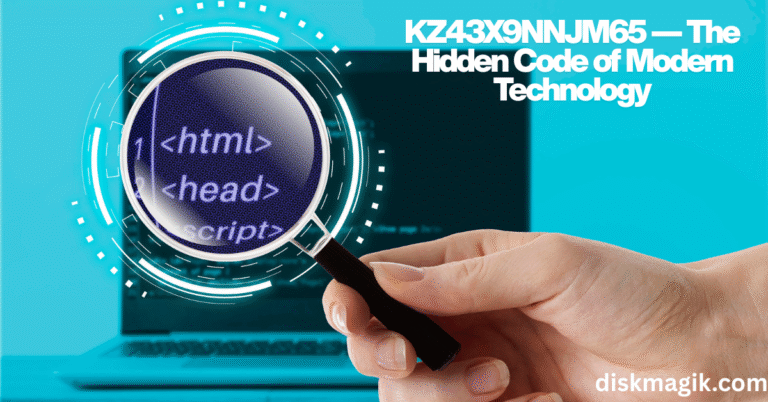Exploring AI Technologies: Image to Video and Translation Services

In the evolving landscape of artificial intelligence, some of the most fascinating innovations lie in the ways machines are beginning to understand and generate human-like content. Two particular areas gaining attention are image to video generation and AI-driven translation services. These technologies, once thought futuristic, are now being integrated into everyday applications, reshaping how we communicate, create, and consume digital content.
Image to Video: Breathing Life into Static Images
Image to video technology represents one of the most visually impressive advancements in the AI space. At its core, this process involves transforming static images into dynamic video content. Using deep learning models, especially Generative Adversarial Networks (GANs) and diffusion models, AI can analyze an image and predict how it might appear if it were moving, effectively animating it.
This technology has a wide range of applications. In the entertainment industry, for example, filmmakers and content creators can use image to video AI tools to generate realistic character animations or re-create historical figures. Museums and educational institutions are using similar tools to create engaging exhibits by animating ancient artifacts or portraits. Even in marketing, brands are leveraging this technology to create eye-catching ads from static product images.
One notable application is in the realm of personalized avatars and digital humans. Using a single photo, AI can now create a lifelike animated avatar that mimics real facial expressions and speech—used in everything from video calls to virtual influencers. With companies like OpenAI, Meta, and Runway ML pushing boundaries, we are likely to see more consumer-friendly applications of this tech in social media, gaming, and augmented reality.
The Mechanics Behind Image to Video
How does it work? At a high level, AI models are trained on massive datasets of videos and corresponding images. This allows them to learn patterns of motion, lighting, and perspective. When presented with a new image, the AI uses that training to predict likely sequences of motion frames. Depending on the tool, users can guide the motion with simple text prompts (e.g., “make the person smile”) or provide a reference video to mimic.
However, the technology is not without challenges. Creating realistic movement while preserving image fidelity is computationally intensive. There are also ethical concerns about the misuse of animated images, especially in the context of deepfakes. As the technology becomes more accessible, developers are under pressure to implement safeguards to prevent misuse.
AI Translation Services: Breaking Down Language Barriers
While image to video technology dazzles with visuals, AI-driven translation services are quietly revolutionizing global communication. With more than 7,000 languages spoken worldwide, the ability to understand and translate in real-time is a monumental challenge—one that AI is beginning to conquer.
Modern video translator services powered by AI are far more advanced than the early days of phrase-based translation. Today’s systems use neural machine translation (NMT), which involves deep learning networks that consider the entire context of a sentence, rather than translating word by word. This results in more fluent, natural-sounding translations.
Popular platforms like Google Translate, DeepL, and Microsoft Translator are leading the charge, offering near-instant translations across dozens of languages. But AI is taking it a step further—offering real-time voice translation, contextual understanding, and even emotional tone detection. This has wide-ranging applications in international business, tourism, education, and even diplomacy.
The Evolution of Translation AI
What makes modern translation AI so effective is its ability to learn from vast amounts of multilingual data. By analyzing millions of translated documents and conversations, AI systems develop an understanding of syntax, grammar, idioms, and cultural nuances. Deep learning models are especially adept at managing this complexity.
Moreover, the integration of speech-to-text and text-to-speech capabilities allows these systems to function seamlessly across spoken language, making real-time translation possible in live conversations. Apps like Google Interpreter Mode and devices like Pocketalk or Timekettle earbuds are real-world examples of this technology in action.
Despite impressive progress, challenges remain. Some languages, especially those with fewer speakers or limited digital content, are underrepresented in training data, leading to lower accuracy. Additionally, while AI can handle general conversations quite well, it still struggles with specialized terminology or dialects.
Where These Technologies Intersect
Interestingly, image to video generation and translation services are beginning to intersect in novel ways. Consider an AI-powered tool that not only translates speech but also animates a digital avatar to speak the translation in the user’s native language. This could revolutionize virtual meetings, online learning, and even customer service.
Imagine a global conference where every speaker is automatically translated into multiple languages, with AI avatars that mirror their gestures and expressions. This kind of multilingual, multimodal communication is rapidly moving from concept to reality.
Final Thoughts
AI technologies like image to video generation and intelligent translation services are redefining the boundaries of human expression and communication. What was once science fiction is now part of our digital toolkit, allowing creators, businesses, and everyday users to connect more vividly and meaningfully across cultures and mediums.
As with all powerful technologies, these advancements come with responsibility. Ensuring ethical use, promoting inclusivity in language models, and maintaining transparency in how content is generated will be key to sustainable progress. But if harnessed thoughtfully, these AI tools can make our world smaller, more expressive, and more connected than ever before.

